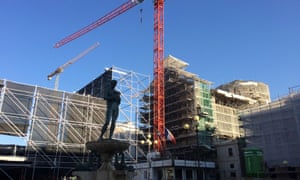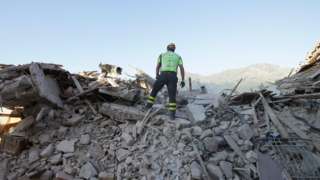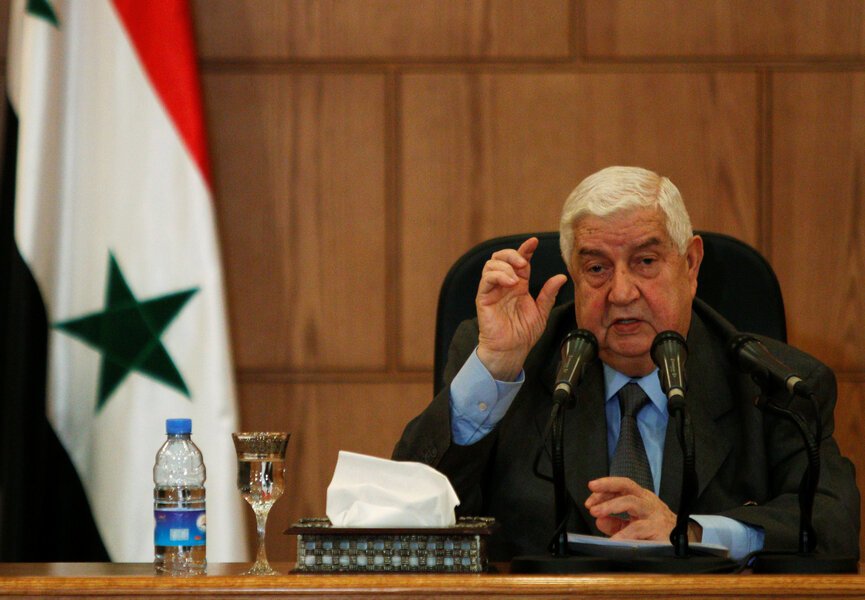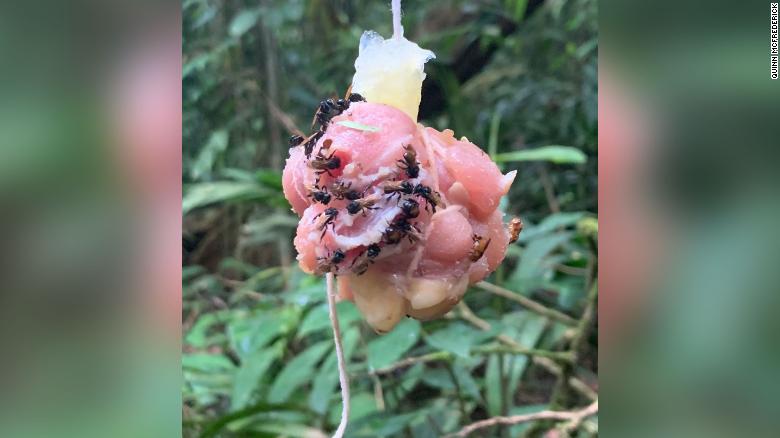
Italian authorities must ensure the mafia is blocked from playing any role in reconstruction after the earthquake that killed nearly 300 people, the country’s top anti-mafia prosecutor has said.
Franco Roberti, the head of Italy’s national anti-mafia directorate, said organised crime operations had been notorious for infiltrating construction contracts after the 1980 Irpinia earthquake near Naples in which more than 2,400 people died. He said steps must be taken to ensure this did not occur after the 6.2-magnitude quake that devastated central Italian towns including Amatrice, Accumoli and Pescara del Tronto last week.
“There are risks, it is useless to hide it,” Roberti told the Italian daily La Repubblica. “The risk of infiltration is always high. Post-earthquake reconstruction is a tasty morsel for criminal organisations and committees.”
Roberti said that faulty construction by the Naples Camorra had also played a role in the death and destruction at Irpinia.
There were also allegations that the Calabrian mafia or ’Ndrangheta was implicated in construction contracts after the 2009 L’Aquila earthquake. A local entrepreneur, Stefano Biasini, and two others are currently on trial for helping the mafia obtain reconstruction contracts, with a sentence due in September.
Roberti stressed that lessons had been learned from the 2009 disaster in which 308 people lost their lives, but he said the risks remained.
“They are always high but the dramatic experience from the L’Aquila earthquake gave us an important model that has worked well. We are ready,” he said.
The death toll from the earthquake was revised down one to 290 on Sunday as two inquiries were announced into whether there was criminal responsibility for failing to ensure safety standards in quake-prone areas in central Italy.
More than 2,600 have been left homeless by the latest quake and are living in camps in central Italy. The head of the civil protection department, Fabrizio Curcio, said his organisation was moving from the “emergency” phase to one of “assistance” .
There have been more than 1,820 aftershocks since the first quake struck early on Wednesday but it was relatively calm overnight. The town of Montereale, located less than 20 miles (32km) from Amatrice and hard hit during the L’Aquila quake, also recorded fresh damage this week and erected tents for some of its residents.
At the Vatican on Sunday Pope Francis led prayers for the victims and their families at St Peter’s Basilica and said he planned to visit the affected area soon.
“I say to those dear people that the church shares their suffering and their worries,” the pope said. “Dear brothers and sisters, I hope to come to see you as soon as possible, to bring you in person the comfort of the faith, the embrace of a father and a brother, and the support of Christian hope.”
Italian magistrates opened an inquiry into whether companies ignored anti-seismic regulations when restoring public buildings, such as the Romolo Capranica school in Amatrice that was reduced to rubble in last week’s earthquake.
“Everyone suspects such a tragedy was not just a question of destiny,” said Giuseppe Saieva, the chief prosecutor in the provincial capital of Rieti, north of Rome, who is heading the investigation. “Our duty is to verify if there was also responsibility, human culpability.”
There have been further claims in the Italian media that the school was not constructed to meet earthquake-resistant norms. It was inaugurated in 2012 after being rebuilt by a consortium of builders, Valori Scarl, which won a contract from Amatrice town council for €700,000 (£600,000) to implement anti-earthquake safety standards in the school buildings, according to judicial sources. A lawyer for the consortium, Filippo Dinacci, has defended the builders and said they had acted correctly.
Italy held a day of national mourning on Saturday for the 290 victims of the earthquake. In Ascoli Piceno, an emotional funeral was held for dozens of local victims and the president, Sergio Mattarella, and the prime minister, Matteo Renzi, joined hundreds to mourn the victims while flags flew at half-mast across the country.
As civil protection crews and firefighters continued to search for survivors in the three medieval towns on Sunday, Italy’s state museums were donating proceeds to relief and reconstruction. The culture minister, Dario Franceschini, appealed to Italians to visit a museum as a gesture of solidarity for the victims and their families.
Meanwhile there is growing concern that thousands of schools and public buildings are at risk because they are not earthquake-proof. Italian media reported 60% of councils in the Lazio region surrounding Rome have no emergency plans.
Sergio Bertolucci, the president of the civil protection department’s national major risks committee, said the probability of another major earthquake in the affected area could not be ruled out.
“Nobody is saying there will be an earthquake in 20 days, in a month or a year, but you cannot exclude that in the next few years there will not be an earthquake in this fault zone,” he told ANSA on Saturday.
[Source:-The Guardian]





